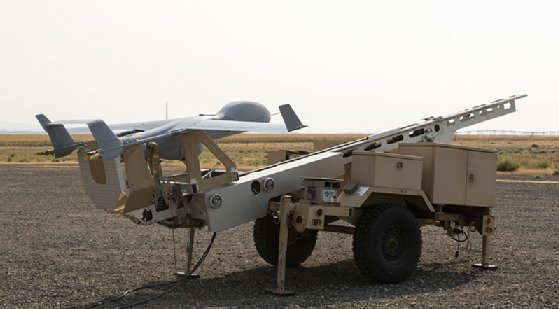


However, that doesn’t make them any less skilled than traditional in-the-cockpit pilots. They are piloted by extremely skilled aviators who, thanks to a combination of technology advances, no longer need to be physically sitting in the airplane. Predators and Global Hawks are two of the many types of unmanned aircraft that have been used by the U.S. That alone is enough to place model airplanes cleanly outside the boundaries of “drone.”Īre Predators, Global Hawks and other military unmanned aircraft “drones”? For this reason, models are largely flown within visual line of sight and in the presence of an operator who watches and maintains control of the airplane during flight. Model aircraft are flown by thousands of enthusiasts with a common interest in aviation and a love for watching their aircraft fly and perform. Most, though not all, model airplanes today are flown by radio remote control. In many cases, they are built to stunningly precise levels of detail. Some models are small-scale replicas of real airplanes others are original designs intended for sport or competitive activities. Models have been used for decades to test aircraft design theories and to validate full-scale performance. Model airplanes have been around for well over a hundred years and actually predate manned flight. And in some cases, the distinction is a matter of perspective.Īre traditional model airplanes “drones”? And it can fail to fully recognize the high levels of skill involved in piloting-whether or not the pilot is actually in the plane.Īs the following questions and answers show, some types of unmanned aircraft clearly are not drones. But that is an oversimplification that masks the incredible range in shapes, sizes and capabilities that characterize today’s unmanned aircraft. Many people (the author included) have used “drone” to describe any aircraft without an on-board pilot. Autonomous flight is made possible by the tremendous amount of human ingenuity invested well in advance of an actual flight.) Designing systems and methods to successfully allow a computer to control an aircraft is a high art in and of itself.

(Even when autonomous flight does occur, the human element is still very much present but simply shifted in time. If the pilot switches to a GPS-guided autopilot mode for a few minutes, does the aircraft become a “drone” for that subset of its flight, and then lose that designation once the autopilot is switched off? Or does the presence of the GPS autopilot, regardless of how much it is actually used, make it a drone? But even that seemingly simple definition quickly runs up against the nuances of how contemporary unmanned aircraft are flown.įor example, consider an aircraft that is under the control of a remote pilot for most but not all of a mission. Strictly speaking, a drone is an unmanned aircraft that can fly autonomously-that is, without a human in control. The answer turns out to be more complex than might be expected. airspace, it’s a good idea to take a step back and examine a very basic and very important question: What, exactly, is a drone? At a time when drone aircraft have become a daily feature of the news and are about to proliferate in U.S.


 0 kommentar(er)
0 kommentar(er)
